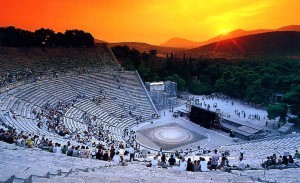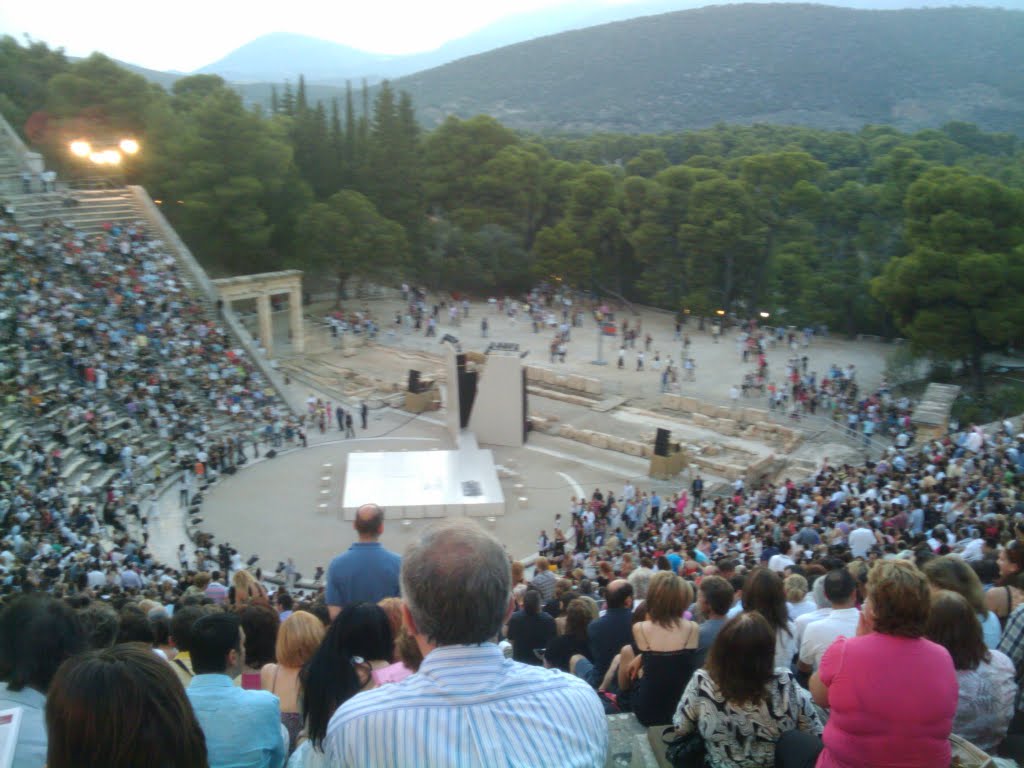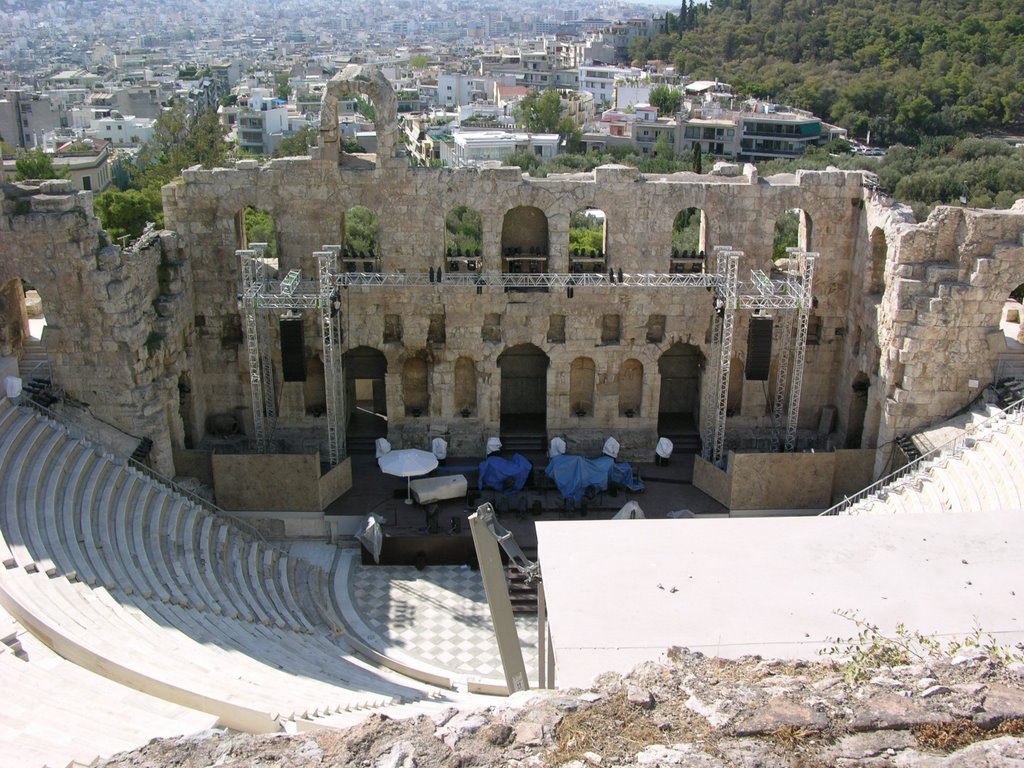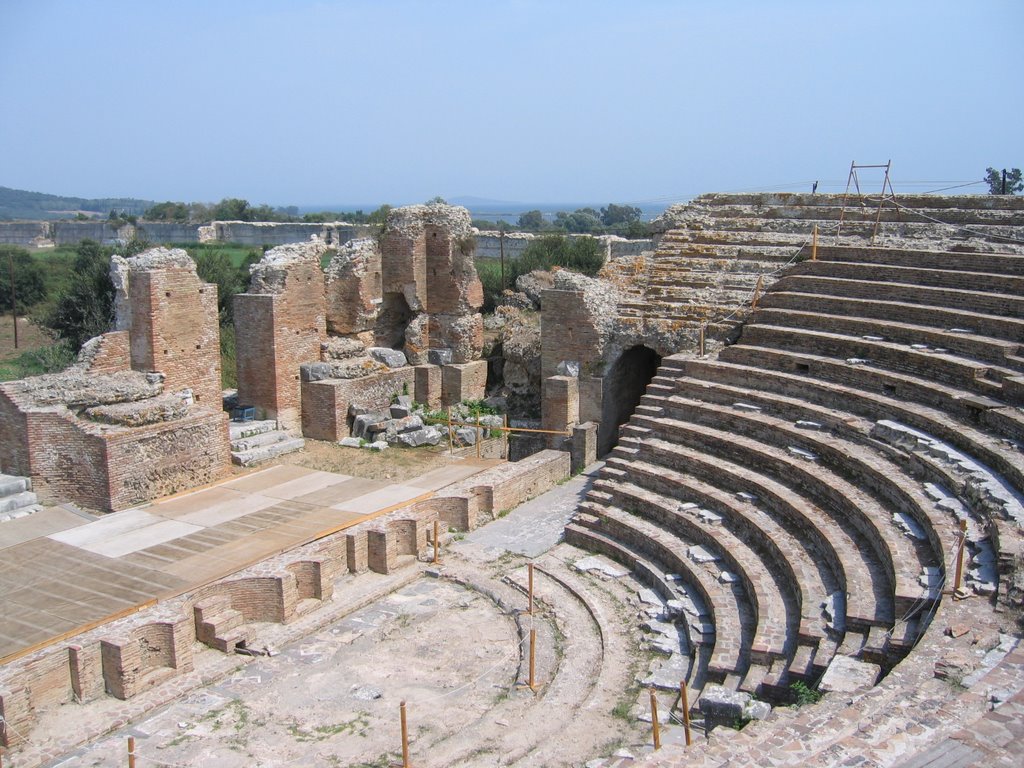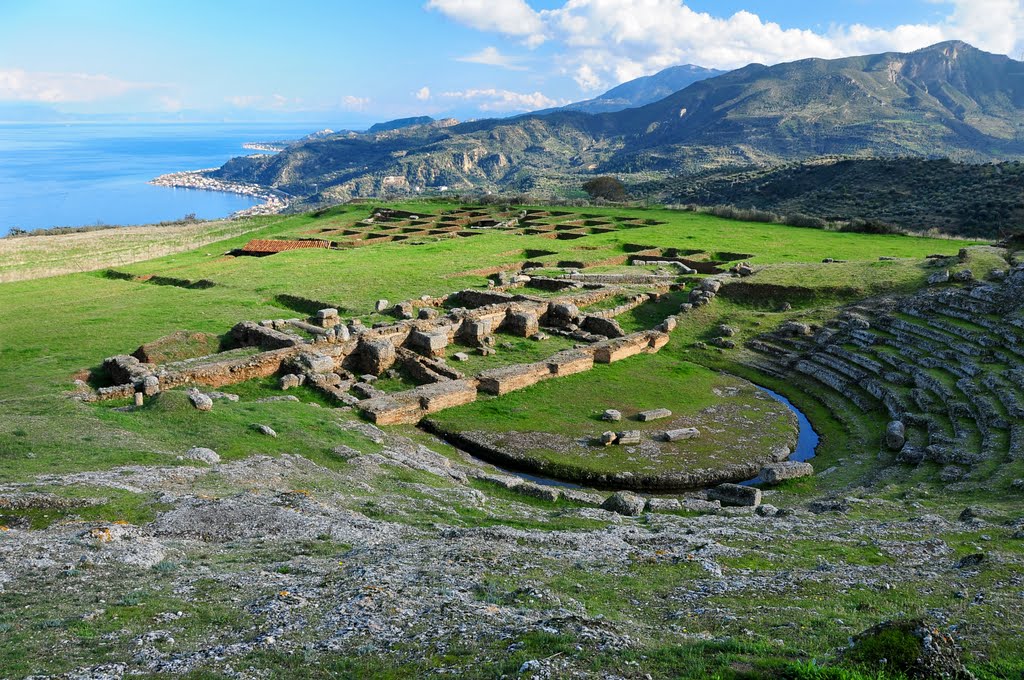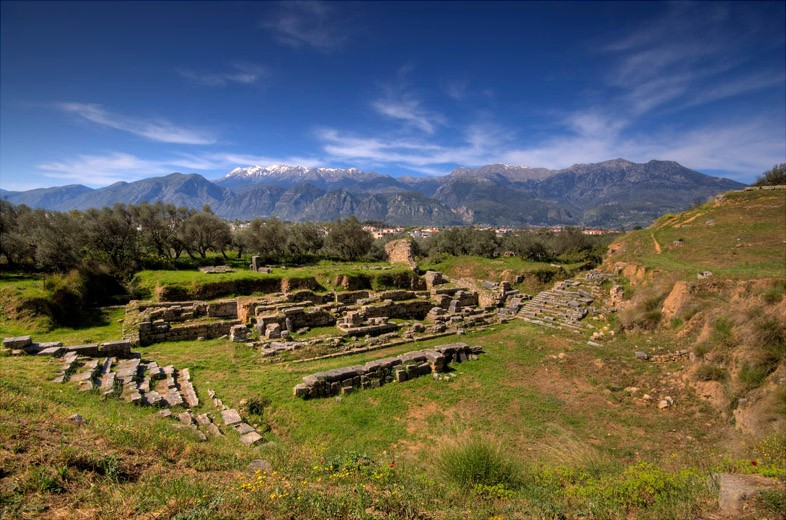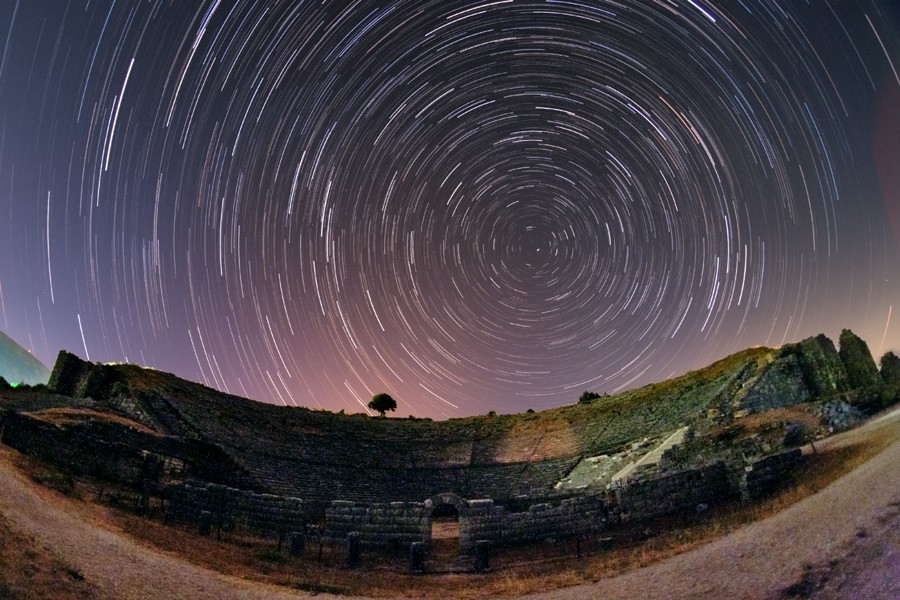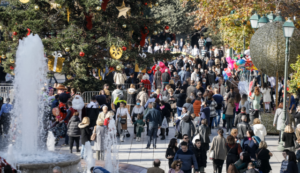The group Diazoma – named after the circular corridor to help the public enter ancient theaters – is doing its best to make sure that the public gets access. Their collaboration with the “Festival of Athens” brings a performance by actress Olia Laaridou in a work by Dionysius Solomos “Gynaika tis Zakynthou” (Woman of Zante) to thirty different ancient theaters – some of them open to the public for the first time. This, of course, is just one initiative of many that include tours and even adoption programs where lovers of history and culture can participate in the conservation and restoration of an ancient site.
Greece, sure has plenty of these to offer:
EPIDAURUS
Built by Polykleitos the younger in 340 BC, the theater is an architectural masterpiece and the best-preserved of all ancient theaters. The mystery of its acoustics lies in the fact that audiences of up to an estimated 14,000 people have been able to hear the performers without microphones right to the back row. Researchers believe that it may have to do with the limestone seats that provide a filtering effect and suppress the low frequencies of the voices.
HERODES ATTICUS
The Odeon of Herodes Atticus, located at the southern slope of the Acropolis was built in 161 A.D. by Herodes Atticus in memory of his wife. Still used today, the early theater originally had a wooden roof and could seat up to 5,000 people.
DELPHI
The theater of Delphi, built in the 4th century BC, is up the hill from the Temple of Apollo and gives a spectacular view of the sanctuary and valley as audiences sit on the 35 miles of limestone.
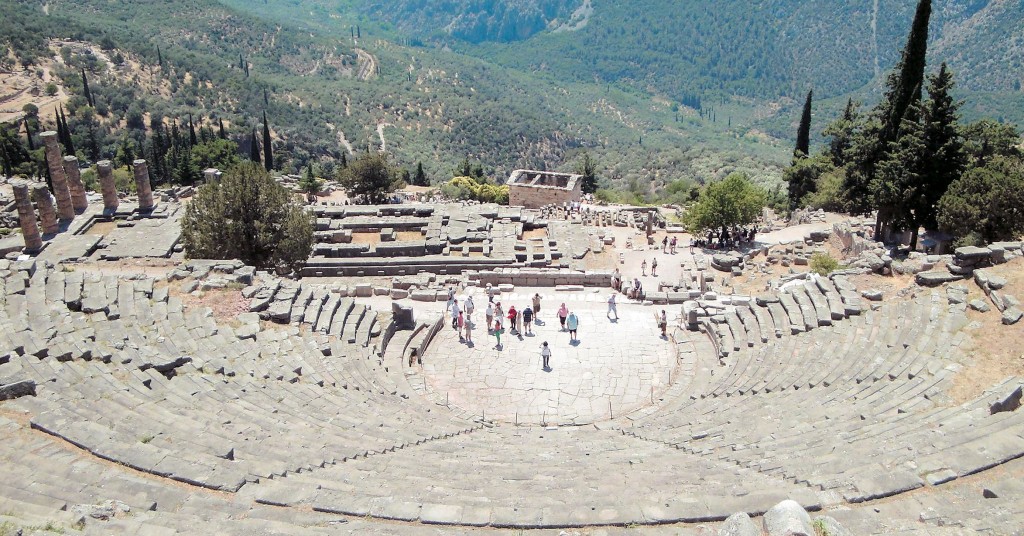
NIKOPOLIS
Ancient Nikopolis, situated near Preveza, west Epirus, is a walled city founded by Octavian in memory of his victory over Antony and Cleopatra at Actium in 31 B.C. The well-preserved archaeological site has an odeum and a theater and efforts are being taken to include it as one of UNESCO’s World Heritage Sites.
AIGIRA
Olia Lazaridou’s performance of “Woman of Zante” a few weeks ago revived the ancient theater that had not seen a performance in 2,500 years. Ancient Aigeira was one of the most important towns of Achaia – it existed before the period of Homer. It enjoyed great propsperity. According to Pausania, there was a statue of Zeus made of Pendelic marble, a statue of Athina, etc.
SPARTA
In ancient times the ancient theater was used to impress visitors. Made of white stone at around 30-20 B.C., ancient traveler and geographer Pausanias described it as a worthy sight.
DODONI
It’s ability to host 3,000 people makes the Ancient Theater of Dodoni one of the biggest. It was built by King Pyrrhus of Epirus, Alexander the Great’s nephew, in the 3rd century B.C. and is situated near the shrine of Dodona. This photo was taken by well-known astronomer Nikos Matsopoulos.
To adopt an ancient Greek theater, visit www.diazoma.gr. Check out our new EVENTS section to see performances taking place at some of these sites.
Ask me anything
Explore related questions
